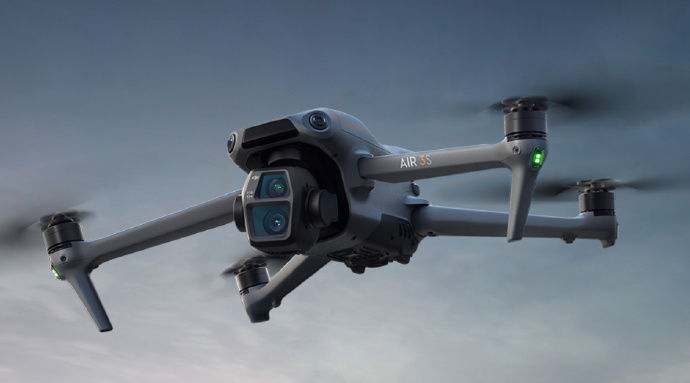The advancement of technology has paved the way for transformative changes in various industries, and agriculture is undoubtedly one of them. Among these technological marvels, drones in agriculture have emerged as revolutionary tools that have significantly altered traditional farming practices. In this article, we will delve into the innovations and multifaceted benefits of using drones in the agricultural sector.
The Technological Marvel of Agricultural Drones
Drones, also known as unmanned aerial vehicles (UAVs), come equipped with advanced sensors and imaging capabilities, making it possible to gather a wide array of data. Farmers can utilize these advanced drones to monitor crop health, assess soil conditions, and manage water usage more efficiently. The integration of artificial intelligence with drones has further elevated their utility, enabling more precise data analysis and decision-making.
Precision Agriculture with Drones
Precision agriculture is a methodology that leverages technology to ensure crops and soil receive exactly what they need for optimal health and productivity. Drones play a crucial role here by providing high-resolution images that help identify areas of the field that require attention. This method not only promotes better resource management but also aids in reducing waste, thus enhancing sustainability.
Key Benefits of Drone Usage in Farming
The advantages of using drones in agriculture are multifaceted. Firstly, they significantly reduce the time and labor required for crop monitoring and management. This increased efficiency translates to reduced operational costs. Secondly, drones offer a bird’s-eye view of large tracts of farmland, allowing for comprehensive surveillance and quick identification of problem areas. This monitoring capability is crucial for early detection of diseases and pest infestations, allowing for rapid intervention measures.
Environmentally Friendly Practices
Using drones aligns well with environmentally sustainable practices. By ensuring that water, fertilizers, and pesticides are only applied where needed, drones help minimize the ecological footprint of agriculture. This targeted application reduces chemical run-off into local waterways and lessens the impact on surrounding ecosystems.
Enhancing Farm Productivity
Another noteworthy advantage is the potential for increased yields. By utilizing data collected by drones, farmers can make informed decisions about planting, watering, and harvesting times, which collectively contribute to enhanced crop productivity. Over time, as farmers adapt to leveraging drones’ capabilities, they can optimize all aspects of their operations from planting to post-harvest monitoring.
Future Prospects and Challenges
While the advantages are apparent, the adoption of drones in agriculture comes with challenges such as regulatory hurdles, costs of technology acquisition, and the need for technical know-how. However, as technology advances and becomes more affordable, it is expected that the use of drones on farms will become more widespread.
As we advance, research and development will continue to play pivotal roles in overcoming these challenges, making drone technology even more accessible for small and medium-sized farms globally.
FAQs
What types of data can drones collect? Drones can collect a variety of data, including multispectral images, thermal readings, and even topographic maps, which are useful for precise crop monitoring.

How do drones contribute to sustainable farming? By ensuring resource optimization, minimizing waste, and reducing chemical run-off, drones contribute significantly to environmentally friendly farming practices.
Are drones in agriculture cost-effective? While the upfront investment can be significant, the increased efficiency, labor savings, and improved crop yields can easily outweigh the costs over time, making them a cost-effective solution.